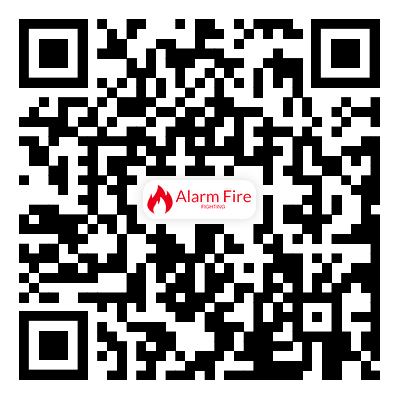Main types of fire alarm system
2024-02-03
Fire alarm systems are crucial for early detection and warning of potential fires, allowing for prompt evacuation and fire suppression efforts. There are several types of fire alarm systems, each designed for specific applications and environments. Here are the main types of fire alarm systems:
1. Conventional Fire Alarm System:
- Description: Conventional systems divide a building into zones, with each zone connected to specific detectors and devices. When a detector is triggered, the system identifies the affected zone but does not pinpoint the exact location of the activated device.
- Application: Suitable for smaller buildings or those with simpler layouts.
2. Addressable Fire Alarm System:
- Description: Addressable systems allow each detector and device to have a unique address. When a detector is activated, the system provides information about the specific location of the triggered device. This aids in faster identification and response.
- Application: Ideal for larger buildings or facilities with complex layouts, as they provide more detailed information on the location of the alarm.
3. Analog-Addressable Fire Alarm System:
- Description: Similar to addressable systems, but with the ability to continuously monitor and measure the sensitivity of detectors. This allows for early detection of smoke or heat changes and provides a more accurate assessment of the fire's development.
- Application: Suitable for environments where early detection is critical, such as hospitals or data centers.
4. Wireless Fire Alarm System:
- Description: Wireless systems use radio frequency (RF) or other wireless technologies to connect detectors, alarms, and control panels without the need for extensive wiring. This facilitates easy installation and is particularly useful in retrofitting existing buildings.
- Application: Suitable for buildings where wiring installation is challenging or for temporary setups.
5. Intelligent Fire Alarm System:
- Description: Intelligent systems combine addressable capabilities with advanced features such as self-diagnosis, adaptive algorithms, and network connectivity. They provide detailed information about the status and health of the entire system.
- Application: Commonly used in large and complex buildings, industrial facilities, and high-risk environments.
6. Voice Evacuation System:
- Description: Integrates with the fire alarm system to provide audible instructions and voice messages during an emergency. This aids in directing occupants to safe areas.
- Application: Suitable for buildings with large occupant capacities, such as stadiums, airports, or commercial complexes.
7. Aspirating Smoke Detection System:
- Description: Uses a network of pipes and detectors to actively sample air for smoke particles. This system provides early detection and is highly sensitive, making it suitable for environments with high ceilings or areas with limited access.
- Application: Commonly used in areas with challenging conditions, such as data centers, warehouses, or clean rooms.
8. Flame Detection System:
- Description: Specifically designed to detect the presence of flames. Flame detectors use various technologies, including infrared and ultraviolet sensors, to identify the unique signatures of flames.
- Application: Used in environments where traditional smoke detection may not be effective, such as outdoor areas or places with rapidly burning fires.
Choosing the appropriate fire alarm system depends on factors such as the size and layout of the building, the level of complexity required, and the specific risks associated with the environment. It's important to comply with local fire codes and regulations when designing and installing fire alarm systems.


